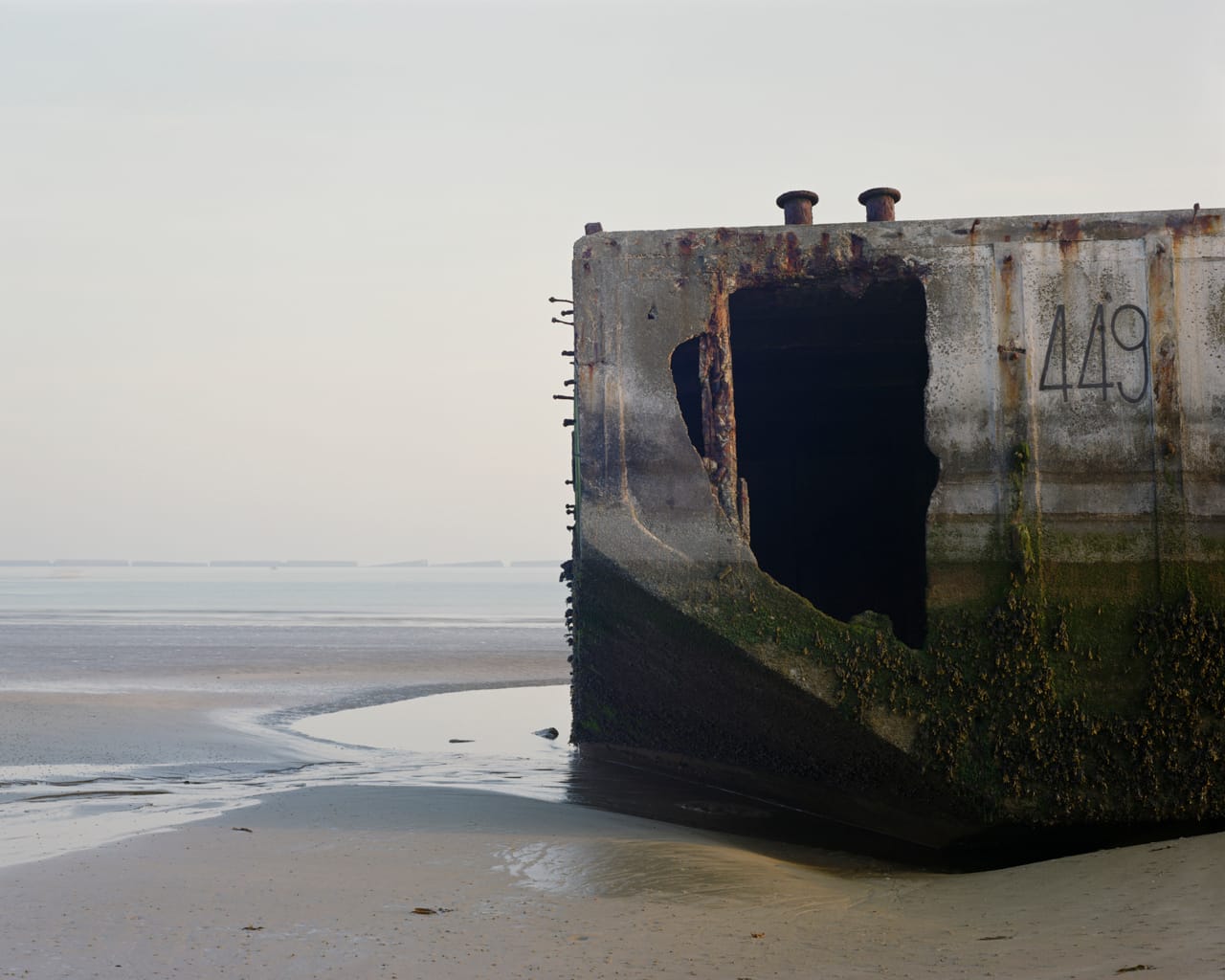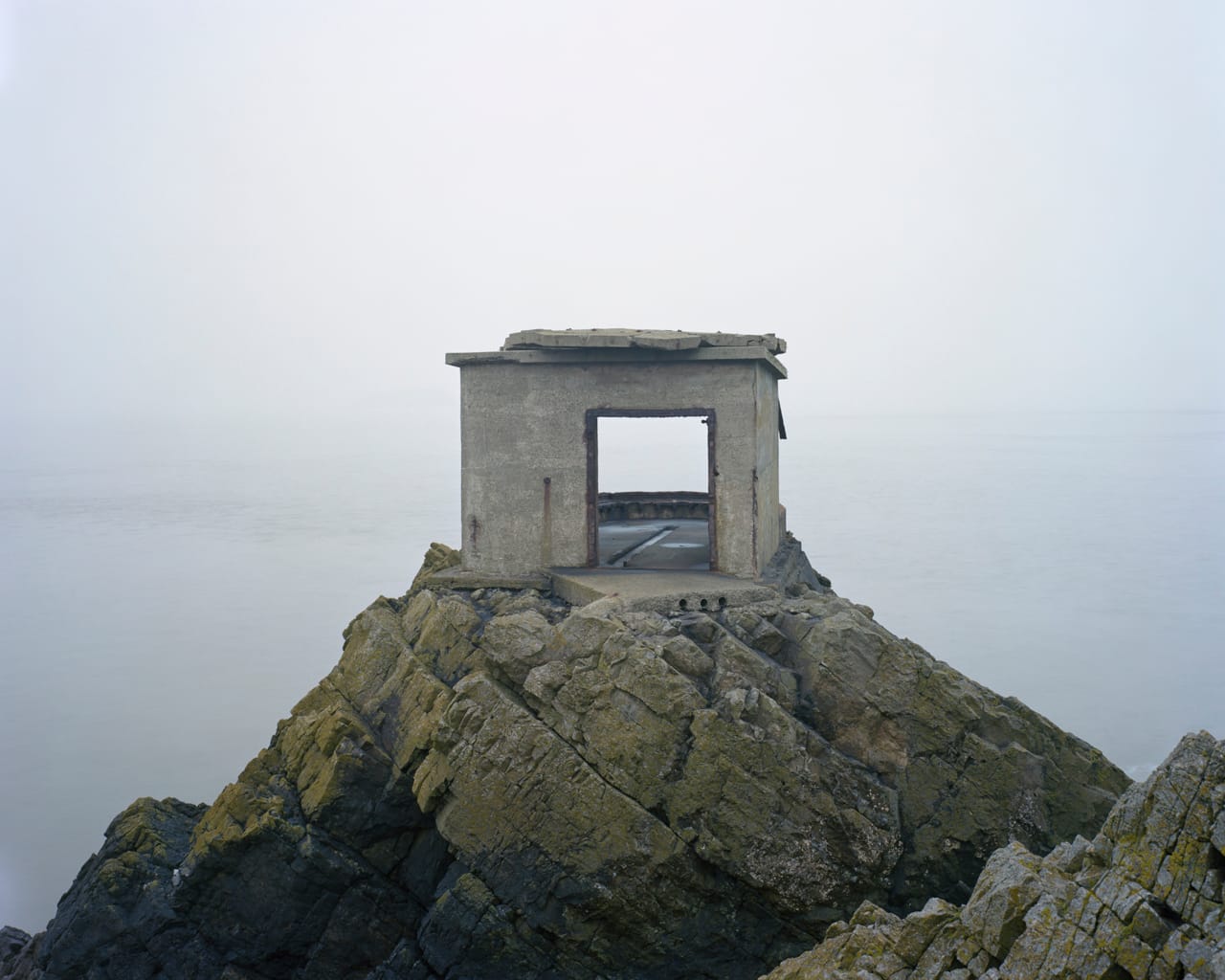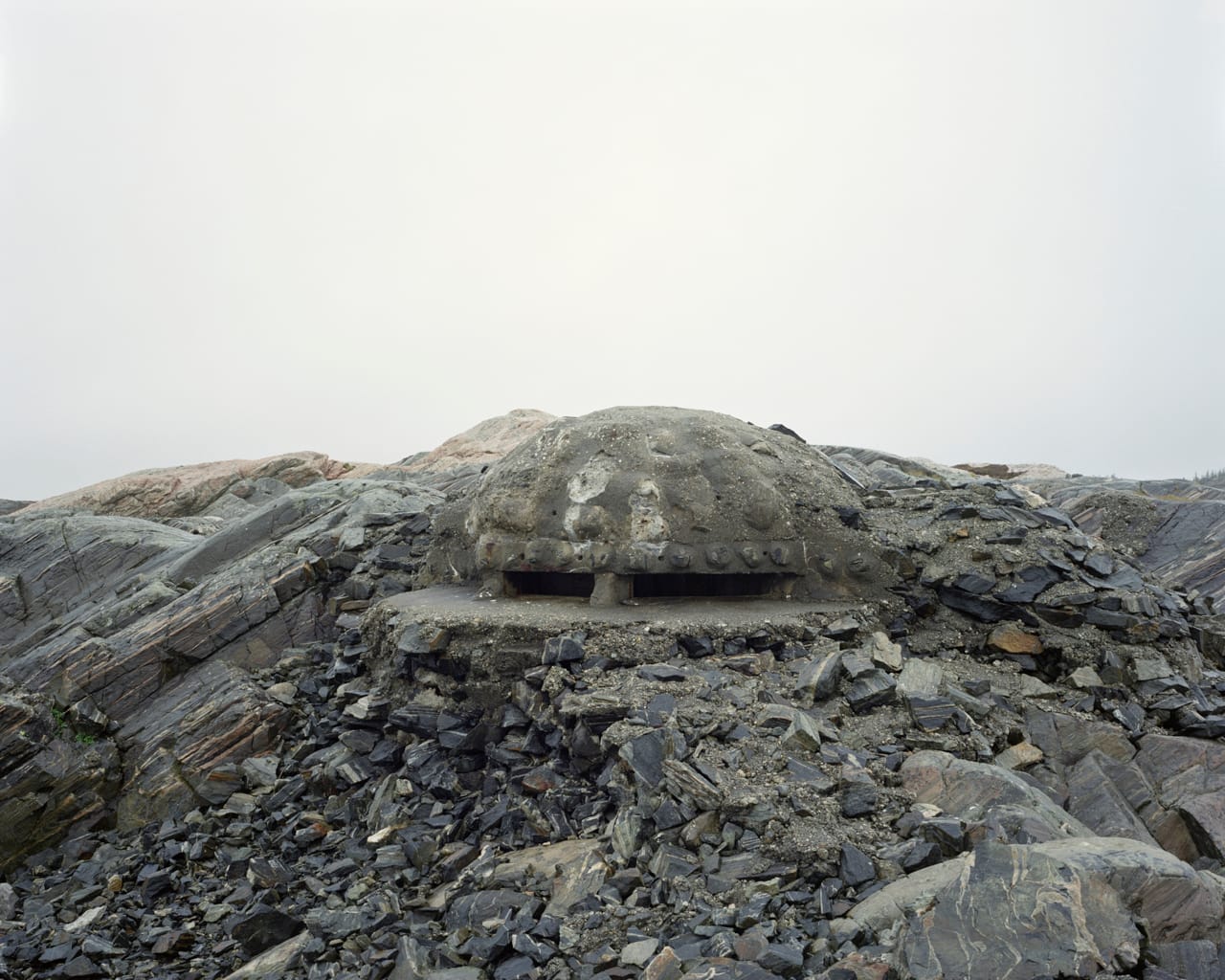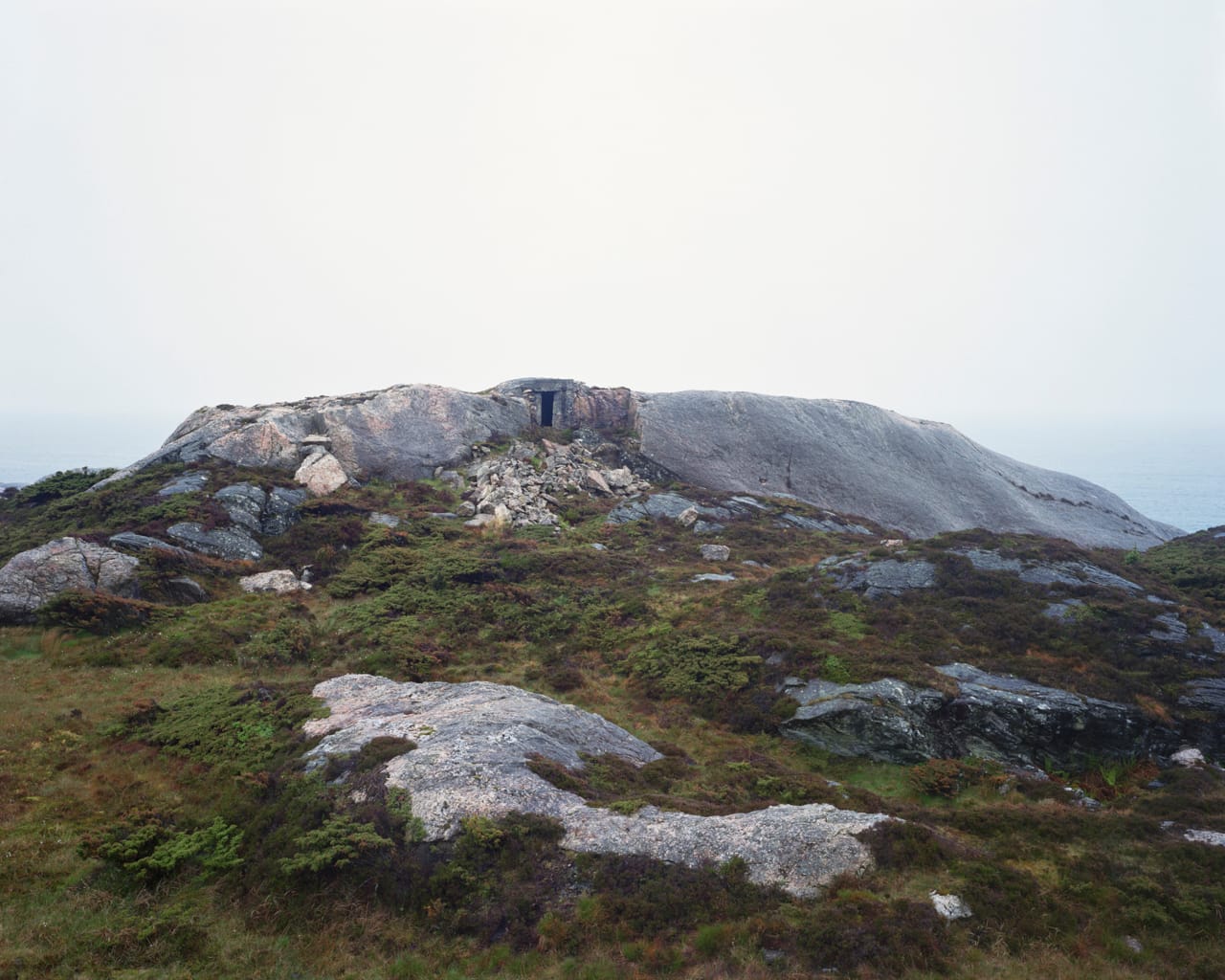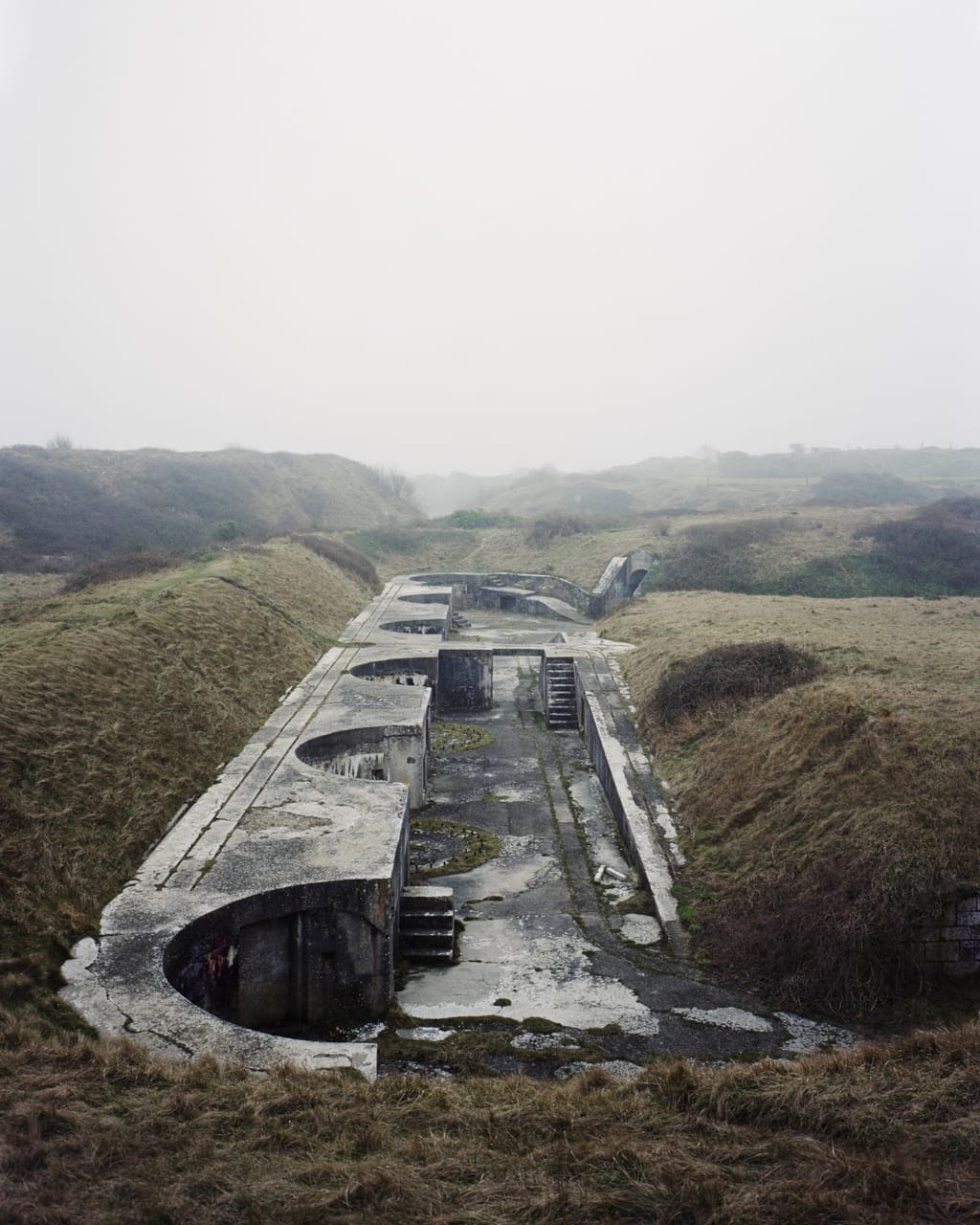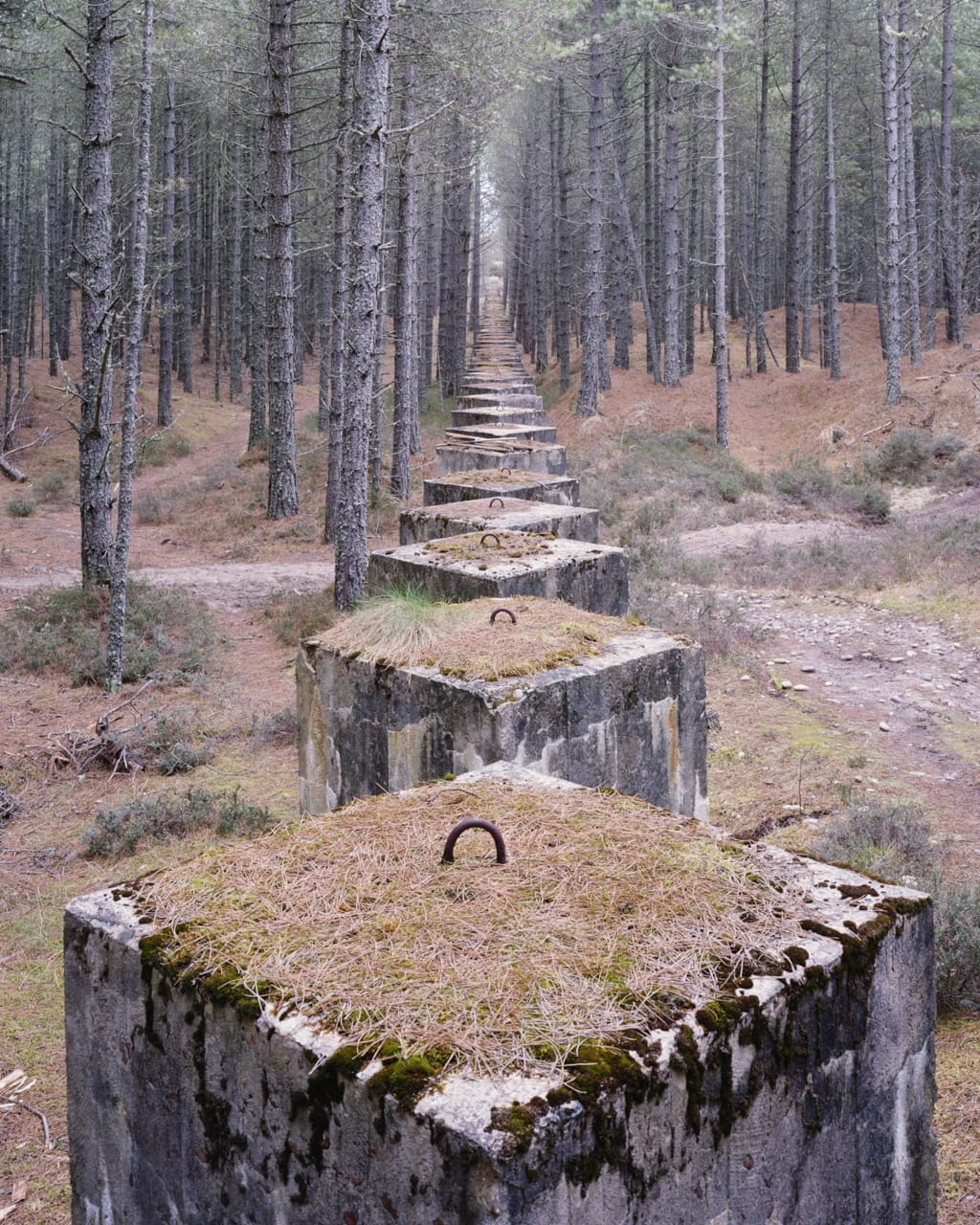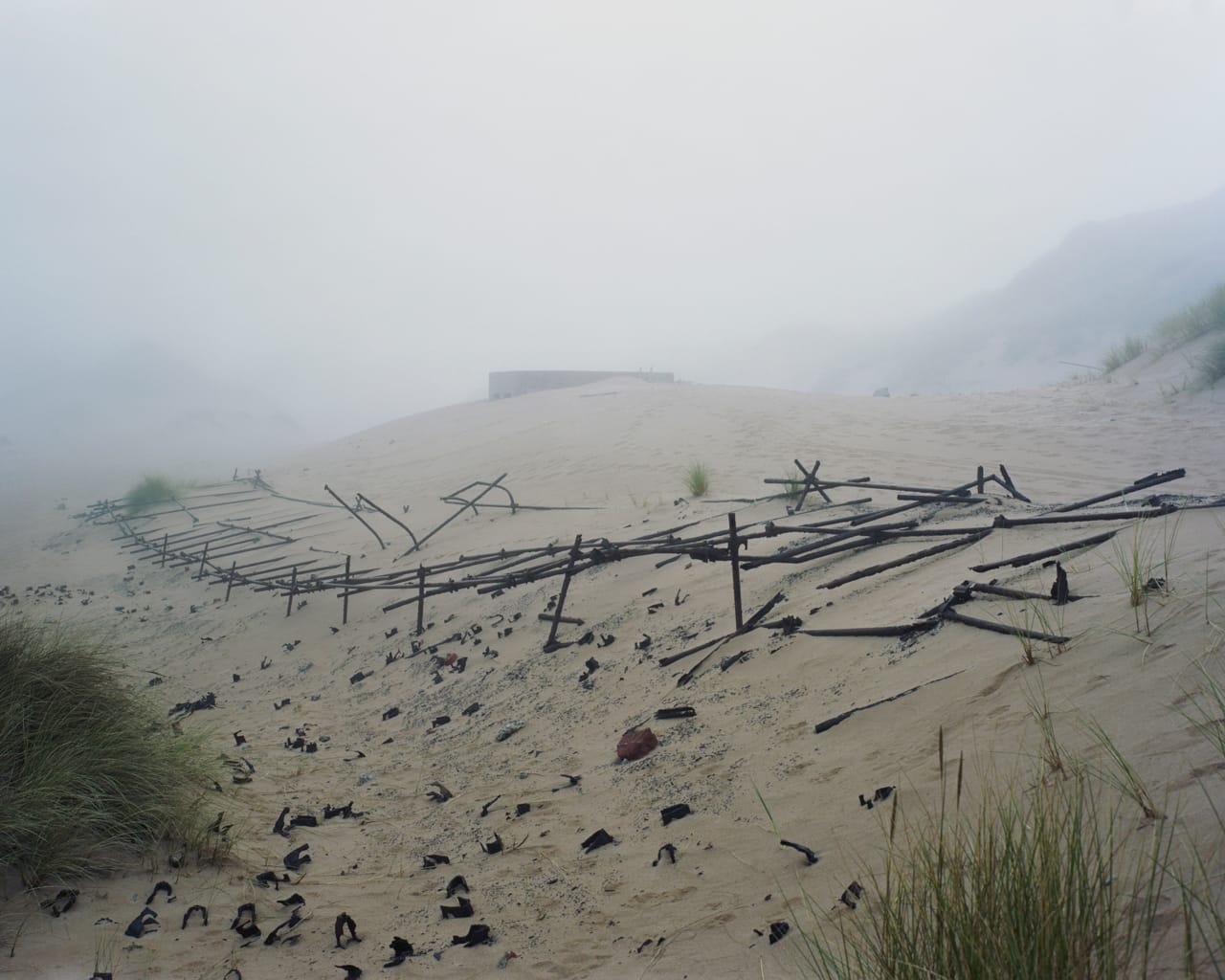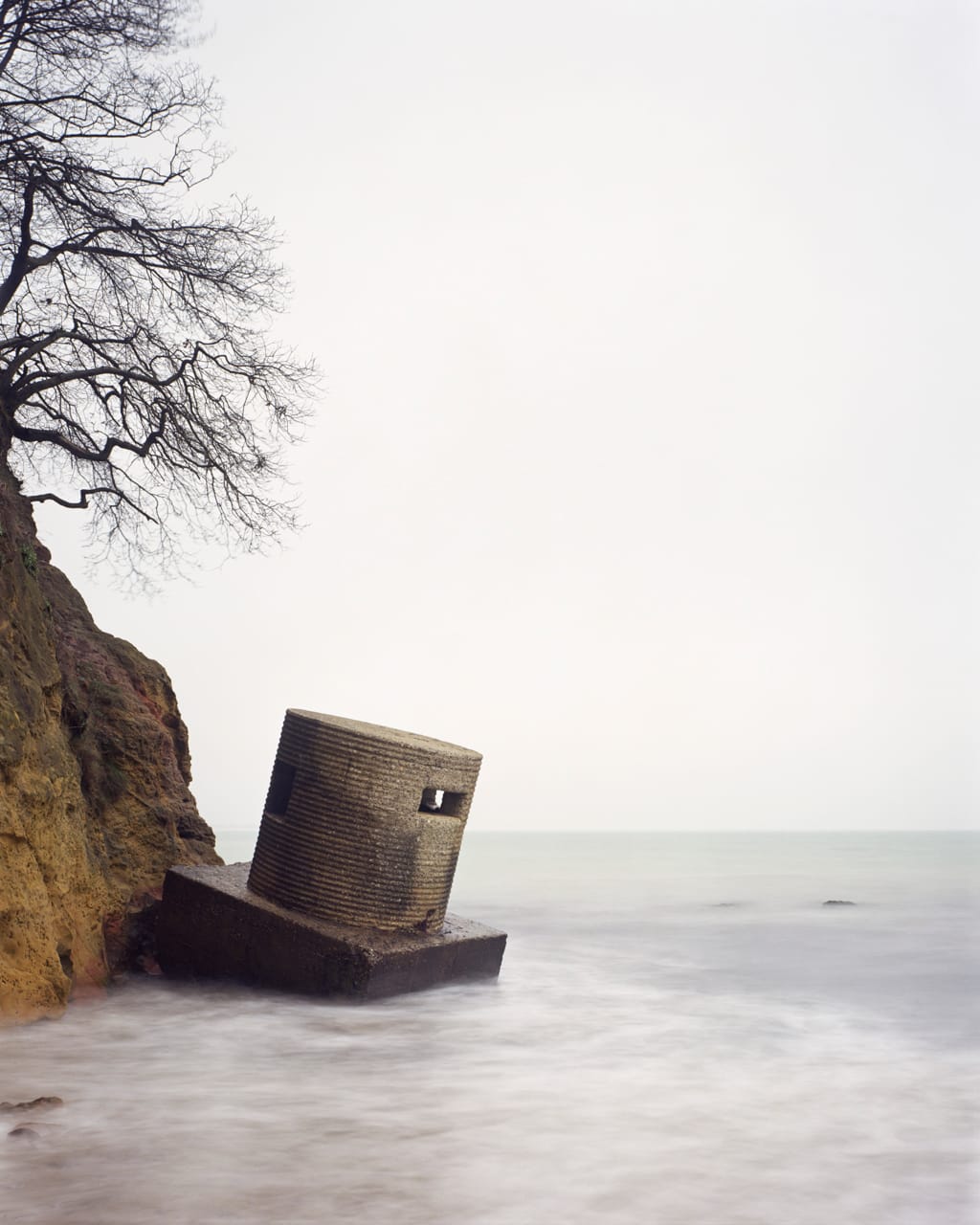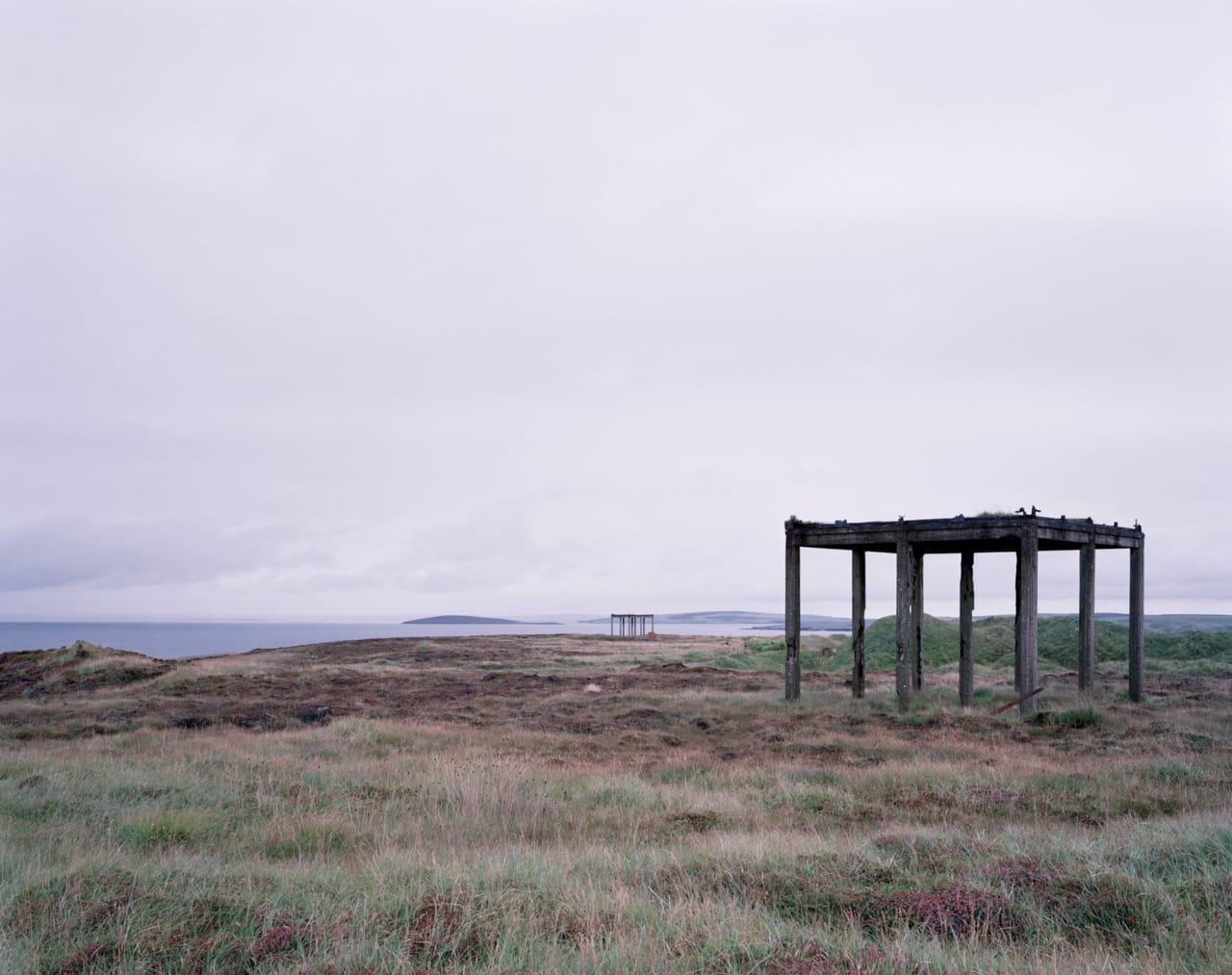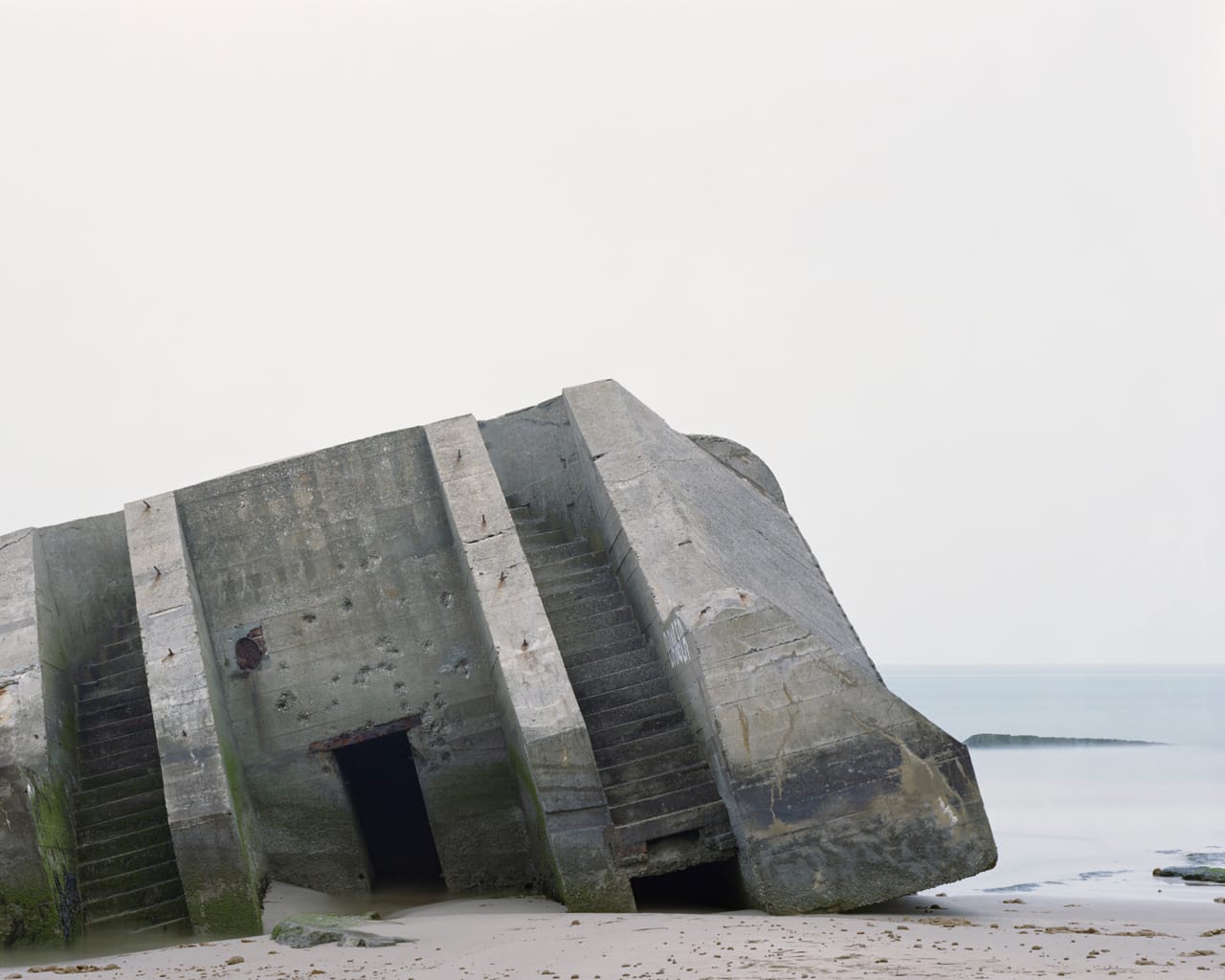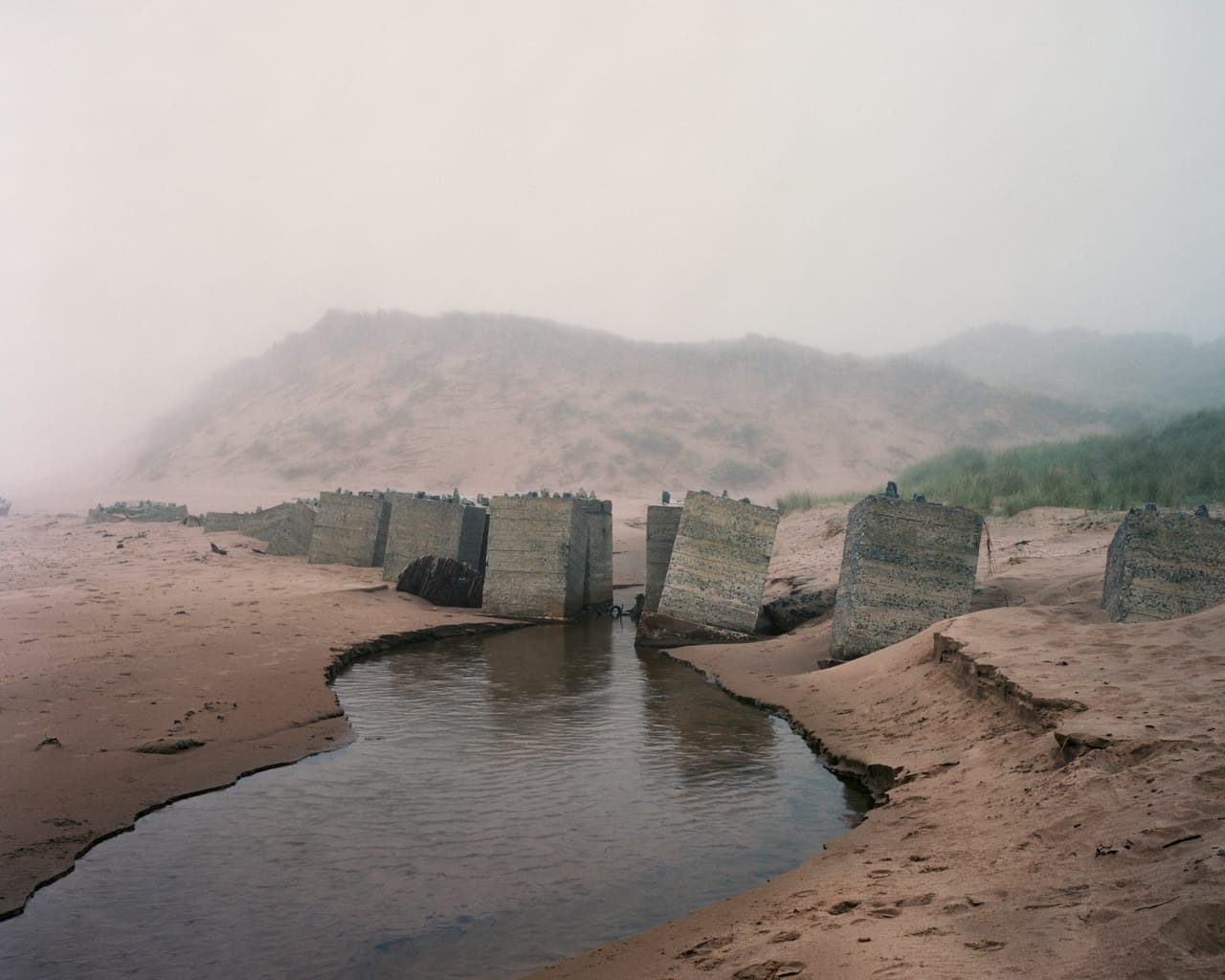Relics of War on Europe's Coastlines
During the grimmest days of World War II, the Allied and Axis powers raced to fortify their coastlines.
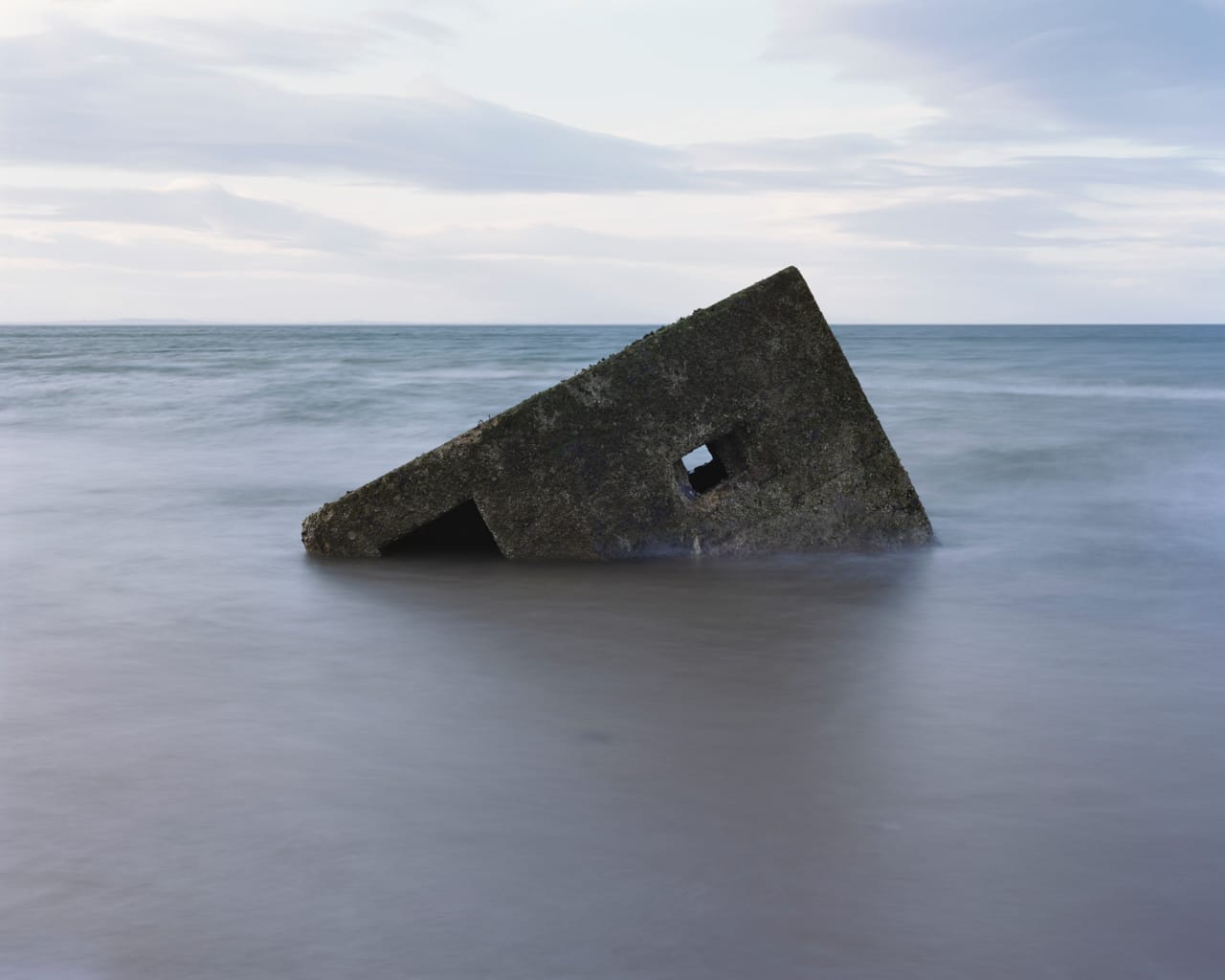
During the grimmest days of World War II, the Allied and Axis powers raced to fortify their coastlines. Britain dug trenches and built geometric bunkers known as “pillboxes,” while Nazi Germany constructed the 1,670-mile-long Atlantic Wall, an imposing bulwark that stretched from Norway to southern France.
In 2010, British photographer Marc Wilson set out to document the remnants of these military defense structures, a four-year journey that spanned 23,000 miles of the United Kingdom, France, Denmark, Belgium, and Norway. He eschewed the well-documented ruins, where enthusiastic historical associations have set up visitor information signs and in some cases even restored them, and instead focused on less touristy locations where the fortifications had been left to fade away.
“Locals seemed to know the histories of these sites, or simply saw them as objects in their landscape — obstacles to walk around, a playground to climb over,” he told Hyperallergic. In his meditative images, the concrete forms emerge through diffused light, disappearing beneath the forest’s undergrowth and slipping into the sea. “Without these markers, the beaches stand empty with no sign of the past.”
Wilson isn’t the only photographer drawn to them. Over the past few years, Richard Brine has also documented the pillboxes in the UK and Stephan Vanfleteren shot the Atlantic Wall. Though these three photographers’ images differ aesthetically, they all speak to our need to confront recent history’s ghosts, to peer into a darkness that never gets much clearer. Others, however, would rather these relics disappear.
“While I was making the work, some of the bunkers I had recently photographed were pulled down, upon the pretext of safety, but I believe there is more to it than that,” Wilson explained. “For me, to erase the remaining physical evidence is wrong. It is as if to say these things did not exist, the events did not happen.”
